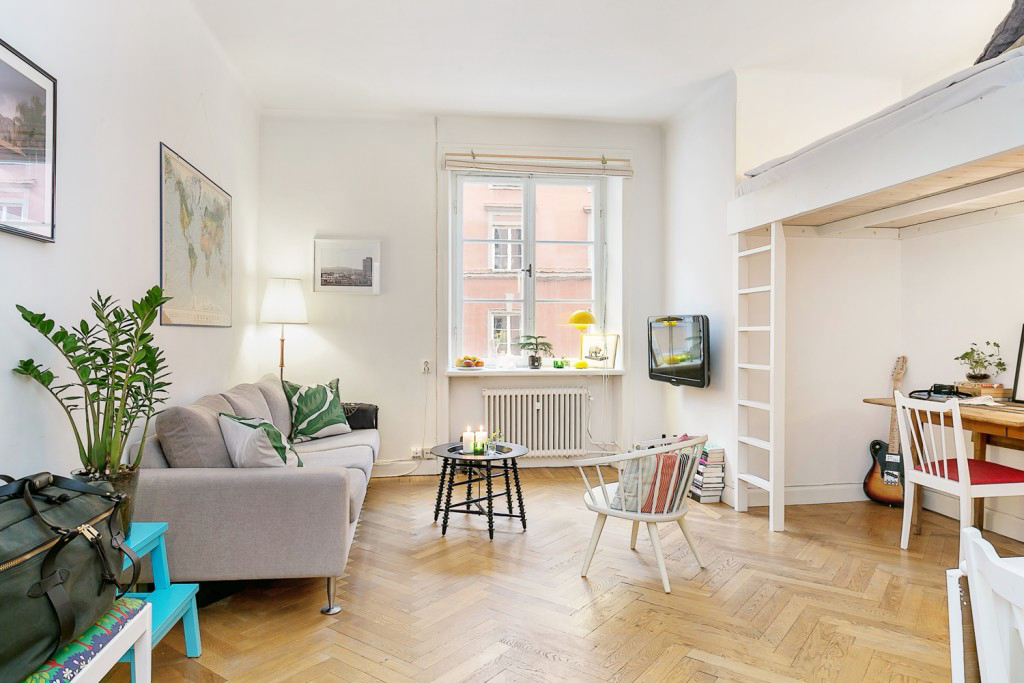
If you forget one of them, want to be sure about the outcome, or just don't like converting between units, use this cubic yard calculator, plan your beautiful home, and you'll have no more worries about any yardage problems in the future. Work out the volume: V = 1/3 × 16 ft² × 6.5 ft = 34.67 ft³ = 1.284 yd³.Īs you can see, all of these values are simple to evaluate when you know the formulas. You decided to create a rocky square pyramid with sides of 4 ft and a height of 6.5 ft:Įstimate the area of the base (the area of a square): 4 ft × 4 ft = 16 ft².
#600 square feet visualized free#
We rounded this result to two significant figures for convenience, but if you want to be more precise, feel free to use more. How many cubic yards of water can you pour inside?įind the radius: r = 100 ft / (2 × π) = 15.92 ft. Let's assume that your pond will be in the shape of a hemisphere and you have space for a circular reservoir with a circumference of 100 ft. However, the basic dimensions of a 500-square-foot space are 25 feet by 20 feet. In an apartment, that may mean measuring the bedroom, bathroom, kitchen and living area all separately.

If you decide to use gravel instead, you can still use it to estimate the total cost. Measure each room's length and width and add up all the square footage for a total count of the entire space. You can evaluate the final price of the alleys here.

It is difficult to move from square feet to cubic yards, so now that we have the cubic feet, multiply it by the conversion ratio 1/ 27: 2666⅔ ft³ × 1/ 27 = 98.77 yd³. We can find the total footage of the paths: 320 ft × 5 ft = 1600 ft².Ĭonvert inches into feet, 20 in × 1/ 12 = 1 2/ 3 ft, and multiply this by the square footage to move from square feet to cubic feet, 1600 ft² × 1 ⅔ ft = 2666 ⅔ ft³. The desired width of the alleys is 5 ft, while the desired depth is 20 in. The total distance of the paths is 320 ft, and they don't cross one another. Let's divide this process into three parts, one for each element: So, how do you calculate the cubic yards of soil you have to dig, and how do you find the amount of material required for your perfect place? This is important – you don't want to overspend on materials! Imagine you want to prepare the ground for your dream garden with walking alleys, a pond, and a pyramidal sculpture.

Sometimes it's possible to divide the shape into smaller pieces with known volumes and then find the sum of them. Other shapes, such as hemispheres, hollowed cubes, or not-well-defined shapes, require their own individual formulas. Unlike the previous case, we have to multiply the equation by a constant factor of 1 / 3 \small 1/3 1/3. It can also be a circle as well (making the pyramid). Analogically, it doesn't matter what shape the base of the pyramid is the formula is always the same. The prism-like volume: Volume = area × depth \small \text Volume = 1/3 × area × depth.
#600 square feet visualized how to#
So, if a property or hotel room has 10,000 square feet, that is equal to 929.03129906447 m2 or can be estimated at 1000 m2.We now know how to convert cubic yards to cubic feet and vice versa, but what about finding the yardage of space with known square footage (i.e., its area) and its depth or height? It depends on the shape, meaning that we can distinguish three cases: The easy way to estimate is to drop a zero. There are about 10.7639 square feet per square meter. This is a common conversion that I use when I'm looking at the size of real estate, apartments, or hotel rooms in countries that don't use the metric system.

How many square meters are in 10,000 square feet?


 0 kommentar(er)
0 kommentar(er)
